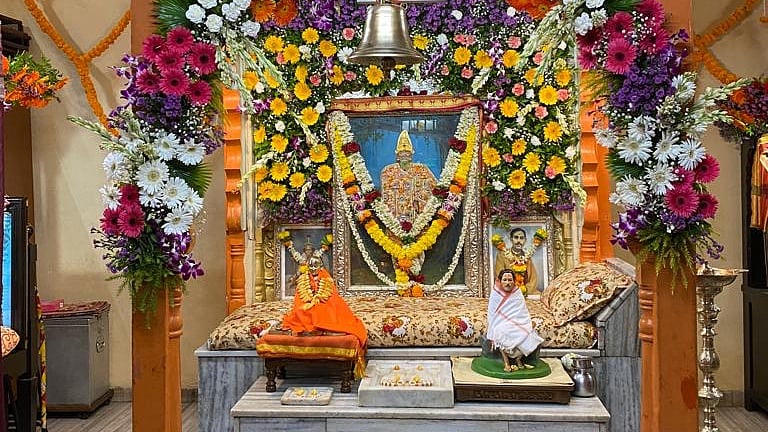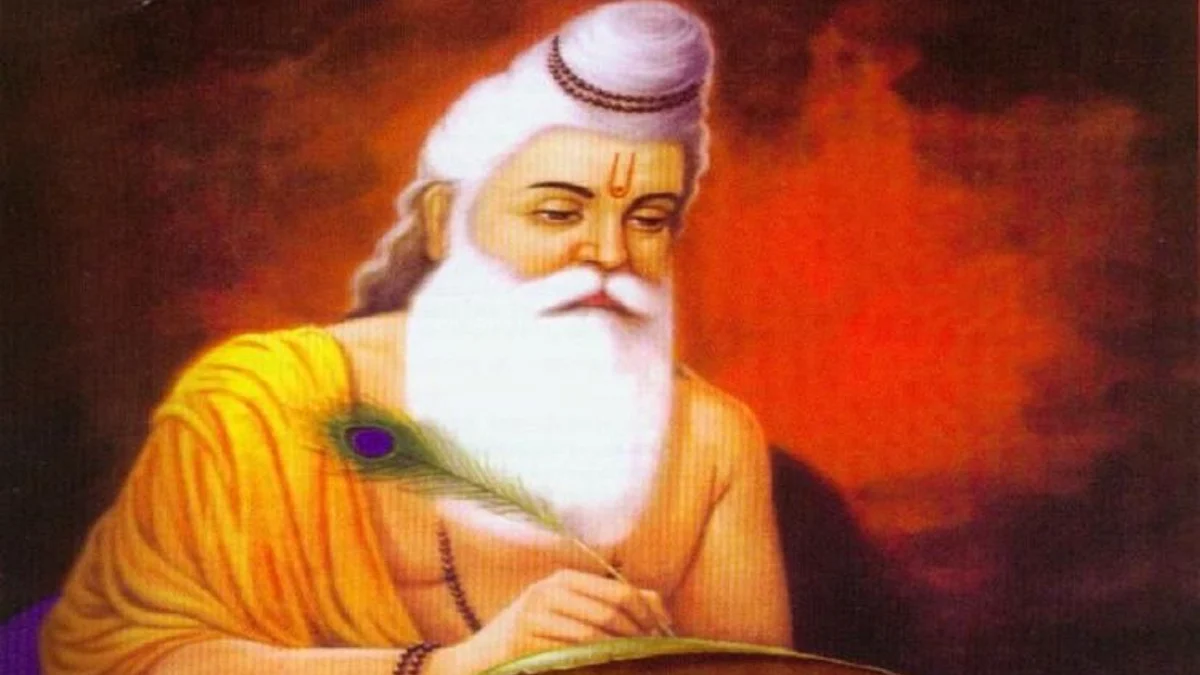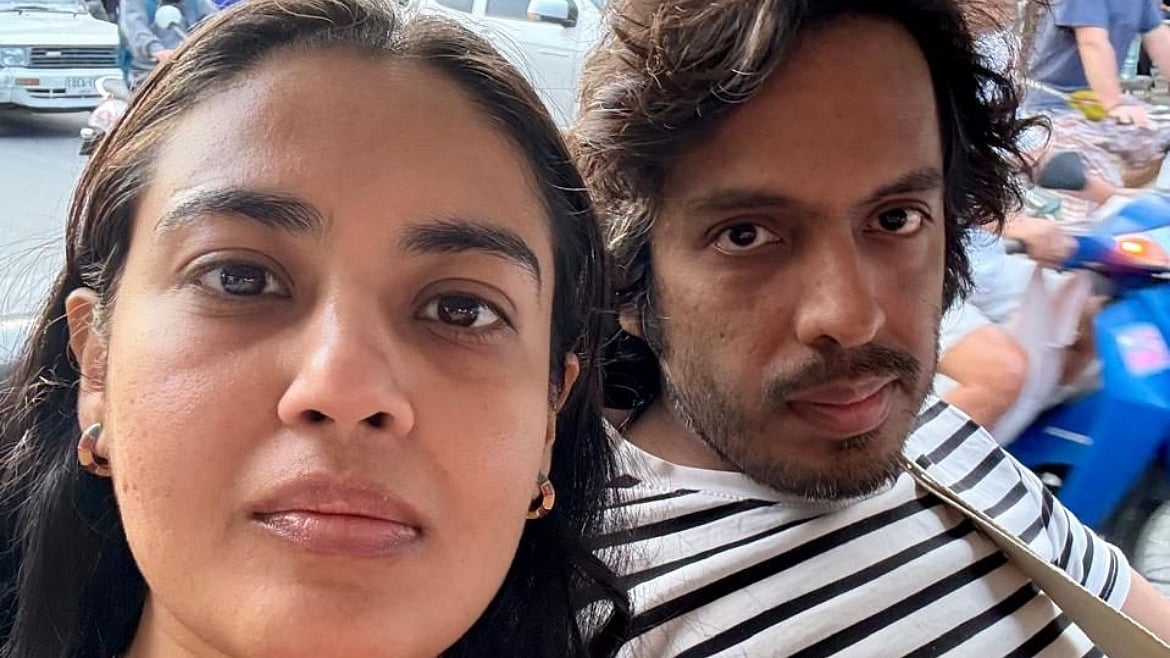Mumbai: On Monday a number of people observed Guru Purnima by visiting the places their respective Gurus built and listening to what they preached. Guru Puja, mangal aartis, pravachans, songs and other activities were conducted. Guru Purnima is celebrated and observed mainly by members of the Hindu, Jain and Buddhist communities across India and their subsects and movements started based on the teachings of each of the religions.
The day acknowledges the tradition of Guru-shishya parampara that has often been termed as the mainstay of the passing of knowledge through generations. It is said that prominent religious leaders imparted knowledge on this day.
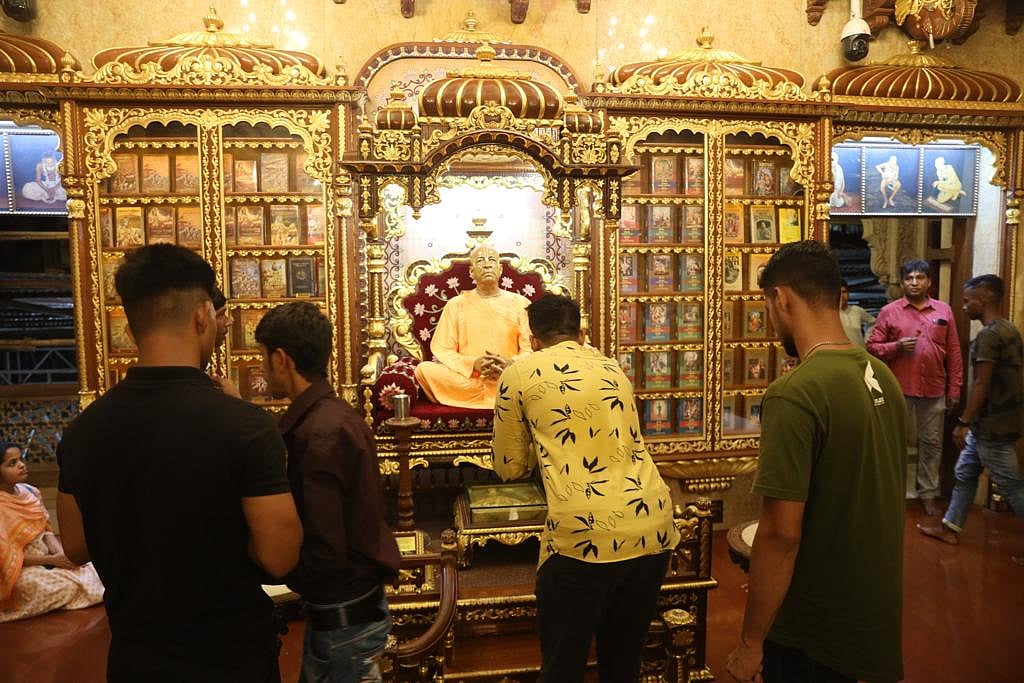
ISKCON, Chowpatty | FPJ
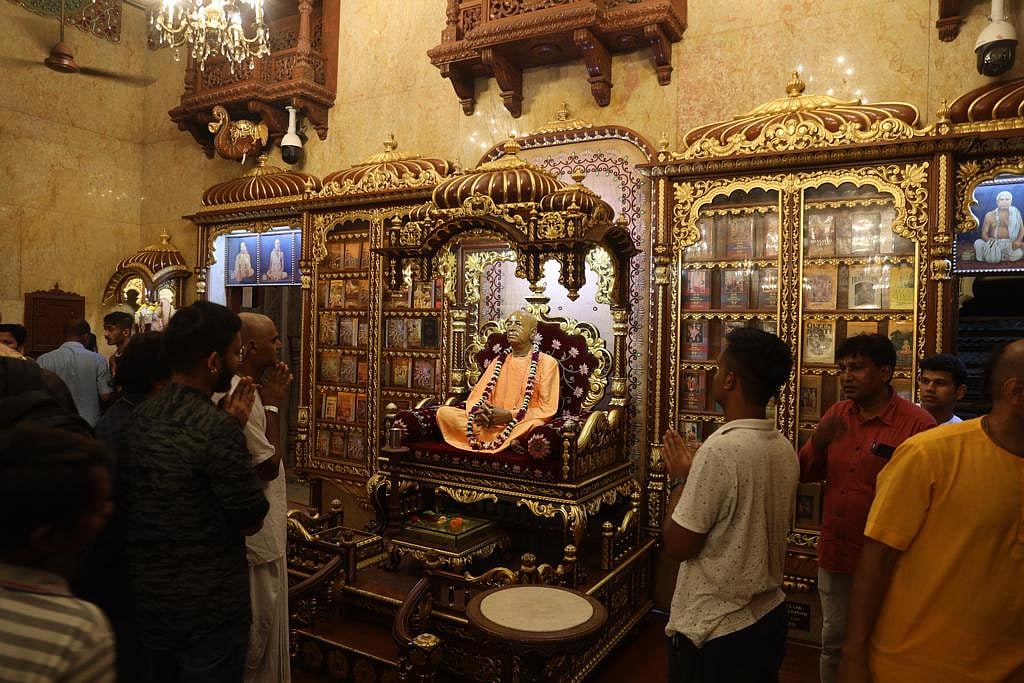
ISKCON, Chowpatty | FPJ
Gratitude towards Guru
“We had Abhishek, aarti and will have mahaarti in the night. The idea is to pay our gratitude towards our Guru. The day is also known as Vyas Purnima as Ved Vyas was one of the gurus in the line of many Gurus. Followers visit Math on Monday, conduct namasmaran and kept a fast. The message of all Gurus is ultimately the same. It is to not trouble others and be good to them. That is what Swami Samarth taught,” said Vijay Nalawade, fifth generation member of Shree Shree Swamisut that made and looks after Shree Swami Samarth Math in Chembur.
At the International Society for Krishna Consciousness (ISKCON) Temple, after the early morning Mangal Arti of Lord Krishna, there was Guru Puja and Guru Aarti of Shrila Pabhupada, the founder of the ISKCON movement.
“After Mangal aarti which happens around 5am of Lord Krishna, we had the puja and aarti. It was something that was closed to followers and not open to all. We also played a recorded version of Bhagavatam by Shrila Pabhupada,” informed spokesperson of ISKCON Girgaon Chowpatty.
Shrimad Rajchandra Mission (SRM), Dharampur, which has a large following among the Jains had a three-day celebration to mark Guru Purnima in Dharampur, Gujarat that ended on Monday. Shrimad Rajchandra was a self-realised saint, a reformer of Jainism, and a poet-philosopher of the late 19th century. He was referred to as “Mahatma of Mahatma”.
At Mumbaidevi Temple while there was no Guru Purnima observed, the temple observed Purnima by conducting Navchandi Yagna.
